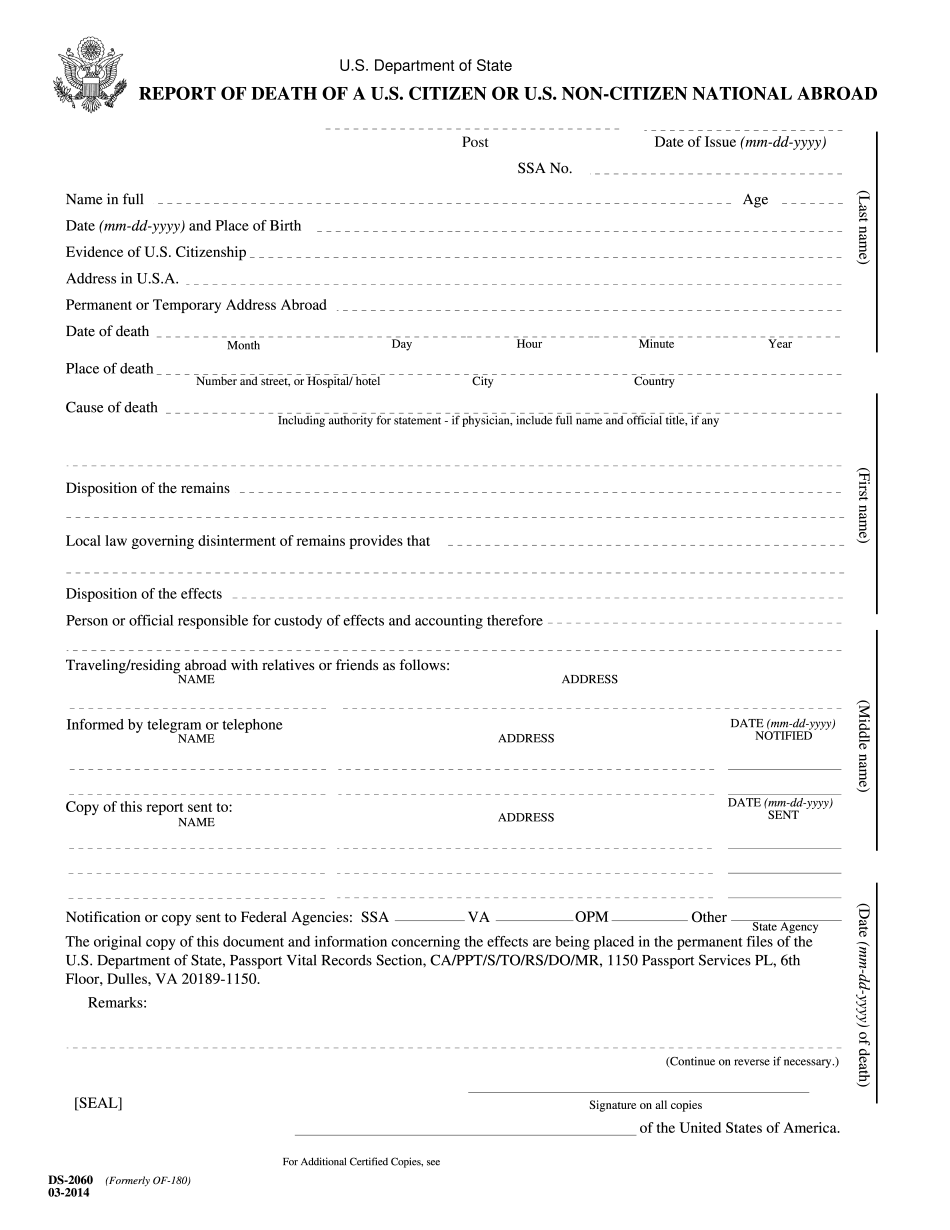This is Fred Wahl, the visa coach. Today's topic is how a US citizen can get married in the Philippines. As the visa coach, I provide a fast, easy, and personal approach to immigration. I am known for my one-on-one relationships with my clients, where we work together as a team to overcome the challenges of the immigration process. It is important not to risk your happiness by going through this course alone. It is far too easy to make mistakes that can cause delays and expensive denials. Instead, pick up the phone and speak with me directly so that we can get to know each other. This initial consultation is complimentary and will determine if we are compatible for working together to get you the necessary immigration approvals. Let me share the experiences of two of my clients, Tyler and Hazel. Hazel comes from the Philippines, and with my assistance, she was able to obtain her spouse visa. She wrote a testimonial expressing her satisfaction with my service, stating that the organized and detailed preparations, as well as the clear and precise step-by-step instructions I provided, led to a successful immigrant visa approval. This saved them from the trouble and stresses during the interview. Hazel believes that the key to a seamless and successful visa interview lies in how well one's paperwork is prepared. She highly recommends my excellent service, and she is confident that nothing can go wrong with my help. Finally, Hazel expresses her gratitude for my time, support, and quick responses to their questions and doubts. Now, let's discuss how a US citizen can get married in the Philippines. I am pleased to assist my clients in obtaining both fiancé and spouse visas to bring their loved ones home to the USA. Interestingly, almost half of the couples...
Award-winning PDF software





Death of us citizen in philippines Form: What You Should Know
Copy of a valid photo ID. The report of death of a U.S. citizen abroad can be filed for a foreign country by using the Travel.gov Traveler Eligibility Verification Service (SET) service. You can request service anytime between 1 month and 1 year from the date the report of the death of the citizen is entered. Upon completion of service, a notarized statement will be attached to the traveler's U.S.
online solutions help you to manage your record administration along with raise the efficiency of the workflows. Stick to the fast guide to do DS-2060 Form, steer clear of blunders along with furnish it in a timely manner:
How to complete any DS-2060 Form online: - On the site with all the document, click on Begin immediately along with complete for the editor.
- Use your indications to submit established track record areas.
- Add your own info and speak to data.
- Make sure that you enter correct details and numbers throughout suitable areas.
- Very carefully confirm the content of the form as well as grammar along with punctuational.
- Navigate to Support area when you have questions or perhaps handle our assistance team.
- Place an electronic digital unique in your DS-2060 Form by using Sign Device.
- After the form is fully gone, media Completed.
- Deliver the particular prepared document by way of electronic mail or facsimile, art print it out or perhaps reduce the gadget.
PDF editor permits you to help make changes to your DS-2060 Form from the internet connected gadget, personalize it based on your requirements, indicator this in electronic format and also disperse differently.
Video instructions and help with filling out and completing Death of us citizen in philippines

